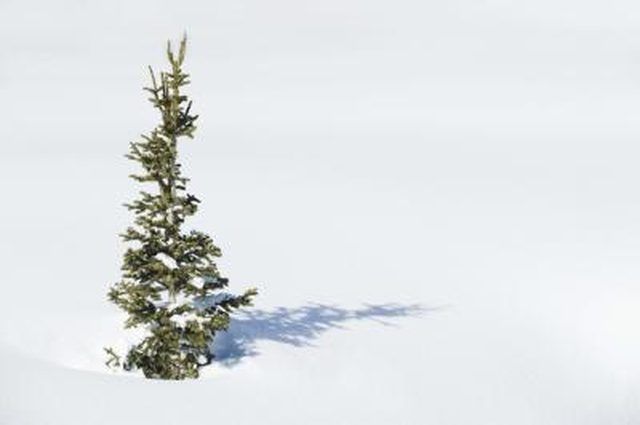Bulbs
Flower Basics
Flower Beds & Specialty Gardens
Flower Garden
Garden Furniture
Garden Gnomes
Garden Seeds
Garden Sheds
Garden Statues
Garden Tools & Supplies
Gardening Basics
Green & Organic
Groundcovers & Vines
Growing Annuals
Growing Basil
Growing Beans
Growing Berries
Growing Blueberries
Growing Cactus
Growing Corn
Growing Cotton
Growing Edibles
Growing Flowers
Growing Garlic
Growing Grapes
Growing Grass
Growing Herbs
Growing Jasmine
Growing Mint
Growing Mushrooms
Orchids
Growing Peanuts
Growing Perennials
Growing Plants
Growing Rosemary
Growing Roses
Growing Strawberries
Growing Sunflowers
Growing Thyme
Growing Tomatoes
Growing Tulips
Growing Vegetables
Herb Basics
Herb Garden
Indoor Growing
Landscaping Basics
Landscaping Patios
Landscaping Plants
Landscaping Shrubs
Landscaping Trees
Landscaping Walks & Pathways
Lawn Basics
Lawn Maintenance
Lawn Mowers
Lawn Ornaments
Lawn Planting
Lawn Tools
Outdoor Growing
Overall Landscape Planning
Pests, Weeds & Problems
Plant Basics
Rock Garden
Rose Garden
Shrubs
Soil
Specialty Gardens
Trees
Vegetable Garden
Yard Maintenance
What Is Causing the Needles on My Pine Tree to Turn Black?
What Is Causing the Needles on My Pine Tree to Turn Black?. Seeing black needles on your pine tree may worry you, especially if it is a mature tree and an important element in your landscaping. There are a few possible causes of the problem and they can be controlled.

Seeing black needles on your pine tree may worry you, especially if it is a mature tree and an important element in your landscaping. There are a few possible causes of the problem and they can be controlled.
Sooty Mold
Sooty mold is caused by fungi growing on honeydew that aphids, scale or other insects have excreted on the tree. It looks like black fuzz coating the needles and can affect other parts of the tree. It is mainly a cosmetic problem and won't affect the tree unless the problem becomes severe enough to block photosynthesis.
Needle Blight
Needle blights are caused by fungi and, in the beginning stages, can cause small black spots on needles. Eventually, needles die and turn brown. In late summer, fruiting bodies appear on the dead needles appearing as black or gray spots.
Needle Cast
Needle cast diseases are also caused by fungi. Infected needles die and fall off the tree. Fruiting bodies of the fungi will cause black spots on needles that are already dead.
Solutions
Sooty mold can be prevented by reducing populations of aphids and scale insects in the area. They produce the honeydew the fungi grow on. Needle blight and needle cast diseases can be controlled by keeping trees as healthy as possible, making sure trees have adequate air circulation and disposing of infected plant material. Fungicides can help, but follow label directions carefully.